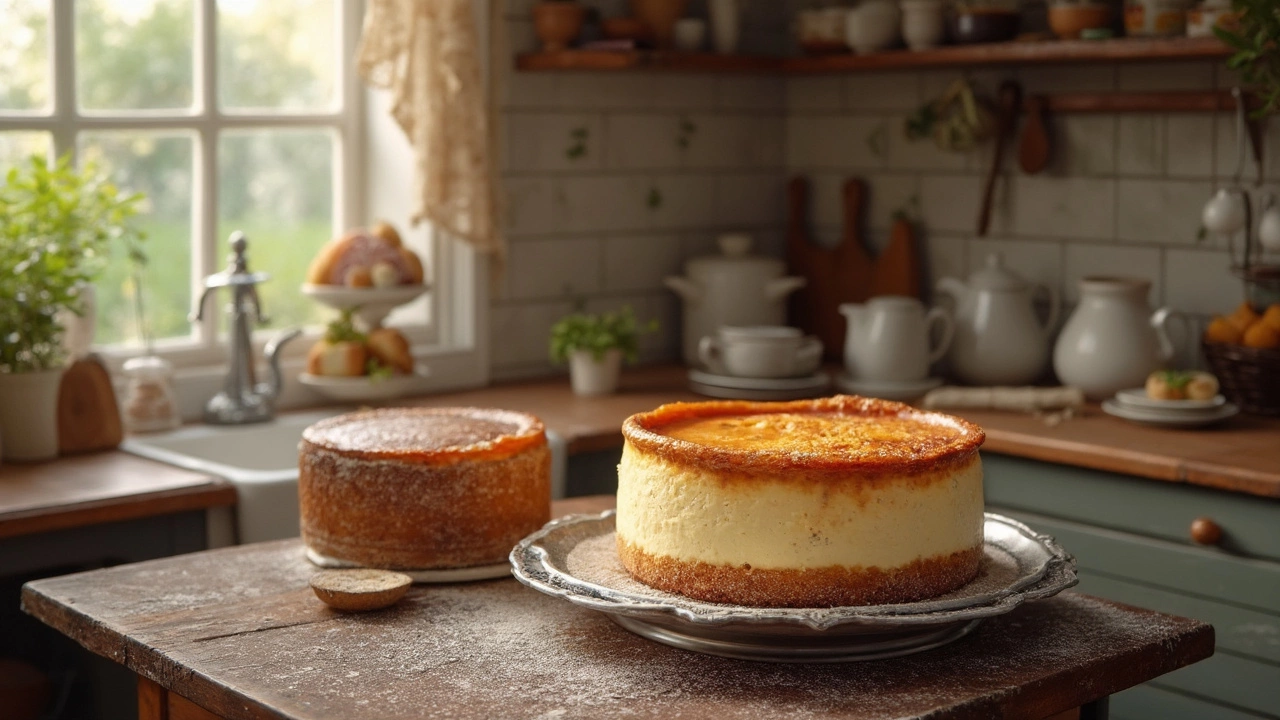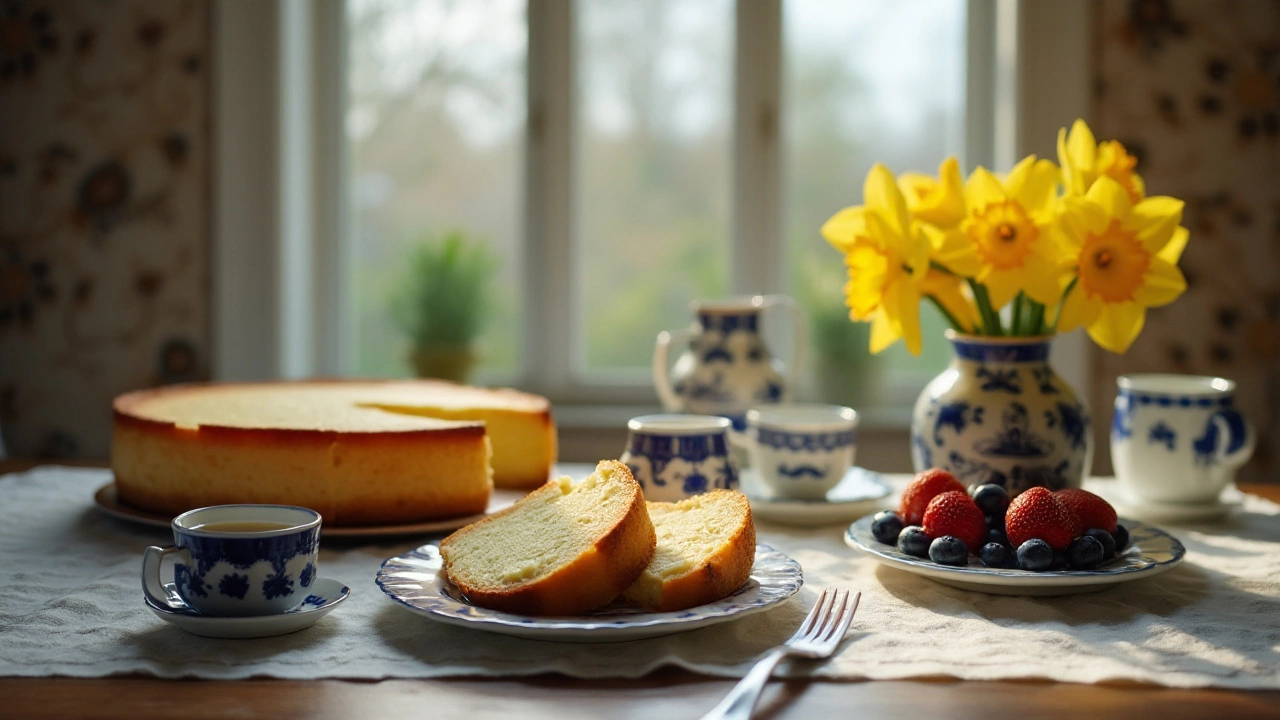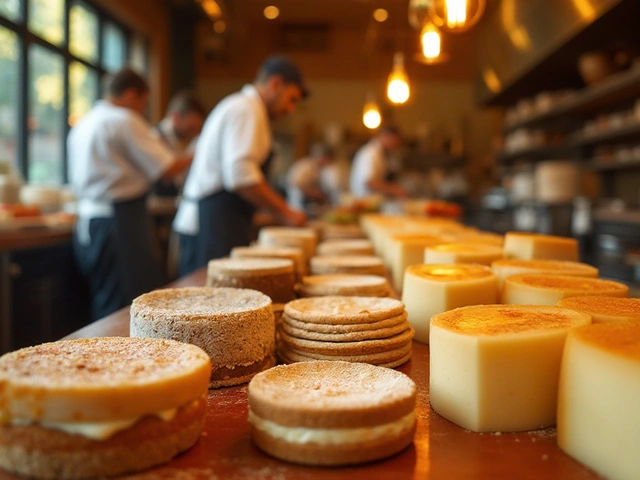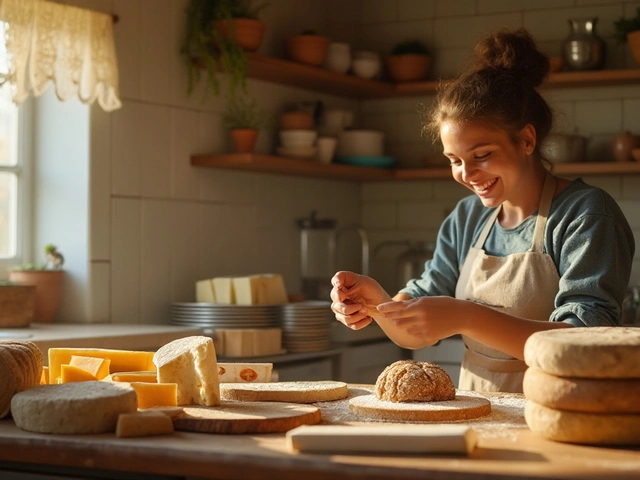Dessert Differences: What Sets Your Sweet Favorites Apart?
Ever wondered why a brownie feels so dense while a macaron feels light as air? The answer isn’t magic—it’s the ingredients, technique, and even how you store them. Knowing these differences helps you pick the perfect treat for a party, a snack, or a cozy night in.
Texture and Taste: Brownies vs. Cakes vs. Cookies
Brownies come in two main camps: fudgy and cakey. Fudgy brownies have lots of butter, chocolate, and less flour, giving them a moist, melt‑in‑your‑mouth feel. Cakey brownies use more flour and a bit of leavening, so they rise higher and feel more like a soft cake. If you love a gooey bite, go for the fudgy route; if you prefer a light bite, the cakey style is your friend.
Cookies are another story. Soft cookies keep the moisture inside with extra brown sugar or honey, while crunchy ones spread thin and dry out faster. The secret? Adjust the bake time and watch the edges. Want chewy oatmeal cookies? Cool them on the tray a couple of minutes before moving them to a wire rack.
Size Matters: Macaron Basics and Portion Planning
Macarons look delicate, but the size you choose changes the eating experience. A classic 2‑inch macaron gives a perfect balance of shell and filling. Larger ones feel more like a mini‑sandwich and can hold richer ganache. When you plan a dessert table, count about 3‑4 macarons per guest for a light treat, or 6‑8 if they’re the star of the show.
Besides size, storage is key. Store unfilled shells in an airtight container at room temperature for up to three days. Once you pipe the filling, keep the assembled macarons in the fridge for 24‑48 hours. This way they stay fresh and the flavors meld nicely.
Whether you’re dealing with vegan desserts or classic treats, the same principles apply. Vegan brownies replace butter with coconut oil or avocado, and use flaxseed egg replacers. Vegan macarons work the same because the traditional recipe already avoids dairy, just check that the coloring or flavorings are plant‑based.
Finally, think about storage for all desserts. Brownies stay moist longer in the fridge, especially when wrapped tightly with plastic. For frosted brownies, keep them in a shallow container to avoid squishing the frosting. Cakes benefit from a cool, dry spot—if you can, slice them and freeze the portions you won’t eat right away.
Knowing these dessert differences lets you match the right sweet to the right moment. Next time you’re planning a celebration or just craving a bite, think about texture, size, and storage. Your friends will notice the upgrade, and you’ll feel like a dessert pro without the guesswork.







